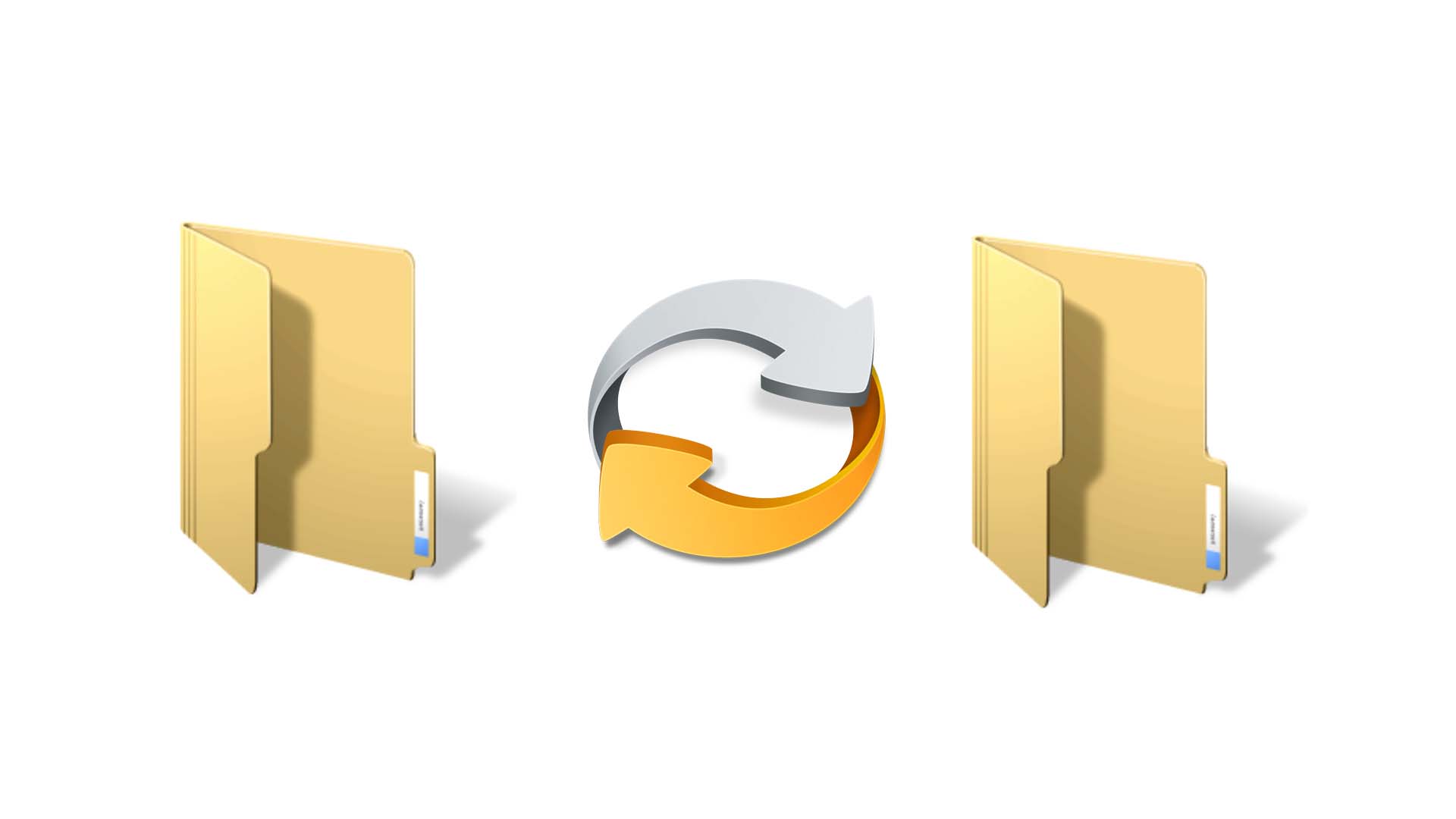You may keep all of your documents stored until they reach the Internet’s cloud and access them from various locations via folders. Apps such as Google Drive, iCloud, OneDrive, Dropbox, and others allow you to link together folders; alternatively, you can employ programs like FreeFileSync to sync folders with an external drive or USB. Also, if the two machines are connected to the same network, they can share folders.

Things to Be Aware Of
You can utilize it to set up real-time mutual order syncing among your external storage device and laptop, getting rid of it is necessary for you to be concerned about what happens when your key files and folders are synchronized with the external drive.
For example, we backed up all essential programs on our secondary hard drive in case an issue came about with our primary hard drive. We also synchronized our videos and installation files for important applications with the external drive.
- Cloud storage tools such as Dropbox and Google Drive enable users to synchronize files and folders across the cloud.
- A folder is capable of being synchronized with a flash drive or additional local folder using FreeFileSync.
- Computers that are connected to the same internet can access and make changes to documents that you shared.
How-to: Automatically Sync Two Folders in Windows
In case any of the directories are located on an external hard drive or similar device, make sure to connect them to your Windows 10 machine beforehand. Let’s examine how to schedule the synchronization of two folders in Windows 10 in more detail now.
- Step 1: Launch AOMEI Backupper and choose Basic Sync from the Sync sidebar by clicking it.
- Step 2: To add the initial directory from which you wish to sync, click Add Folder. After that, choose the second directory by clicking the button shaped like a folder in the lower left corner. If the second directory doesn’t have a folder, you might wish to make one first.
- Step 3: Have you seen the Schedule Sync menu? After you enable it by clicking, choose your preferred scheduling settings.
Why is Folder Syncing Necessary?
- To maintain the synchronization of your two directories.
- Copying a backup to an internal hard drive from an external hard disk.
- Cutting down on the number of steps needed to remove or add new files to a folder when they also need to be saved in another folder.
- You can maintain synchronization between the storage on your mobile device and the computing device for a certain folder.
Window allows two PCs to sync files
To use DSynchronize to synchronize files across two computers:
- Ascertain if the two computers are linked to the same local network.
- On either a Windows 10 or Windows 11 machine, enable file sharing and network discovery.
- The source computer can view the folder from the network directory if it is created in a folder on the destination computer. Right-click the folder, choose Properties, Sharing, Enhanced Exchange, and at last, exchange the contents to share the file with others.
Once all of the previous steps are finished, link to where you want the network location in File Explorer. Click on the path address bar while in the network folder and use the CTRL + S keys to copy the complete path. This will copy the network folder in its entirety.
Conclusion
To sum up, according to each of your wants and needs, there are many methods to sync multiple folders in Windows. You can employ OneDrive to synchronize folders within computers and ensure that your documents remain consistently up-to-date using Windows 10’s included File Sync feature. Furthermore, third-party software offers more sophisticated syncing and customizing tools, such as FreeFileSync. Synchronizing folders can improve your productivity and efficiency by keeping your files organized and available across numerous devices, regardless of whether you opt to use third-party solutions or native Windows features.
Also Read:
